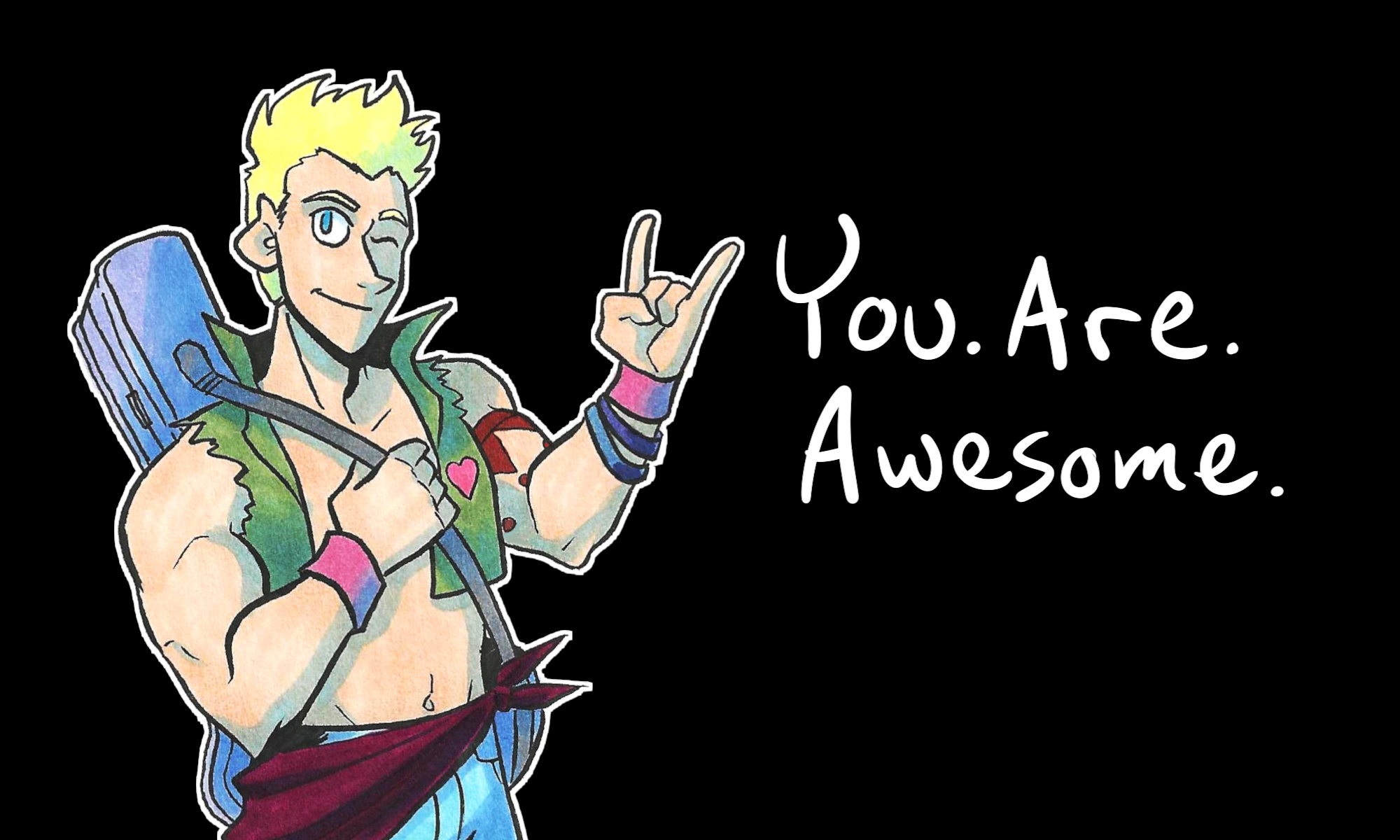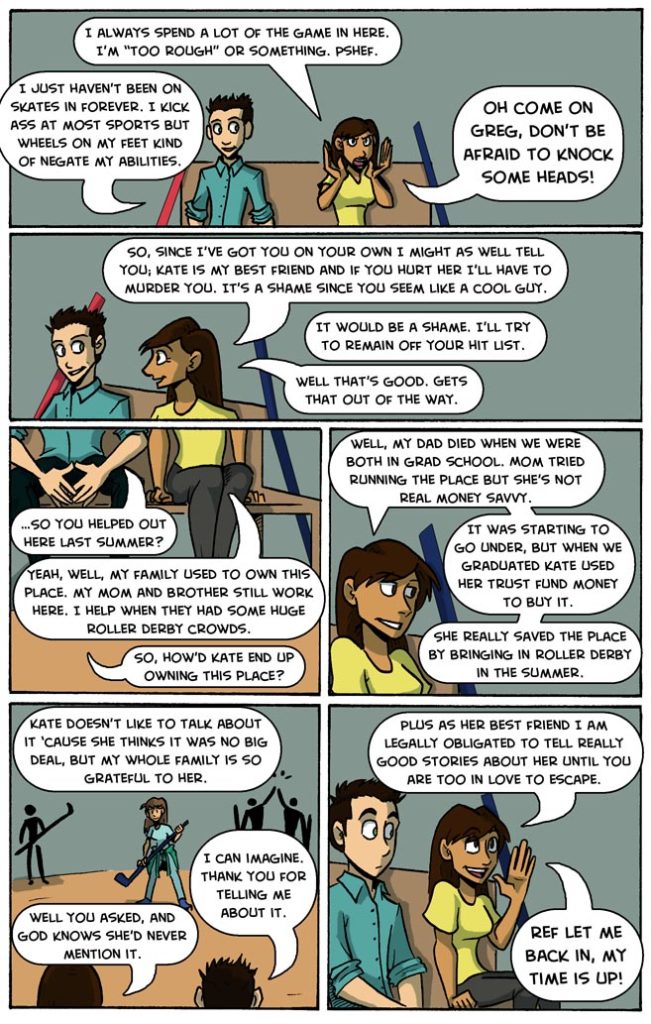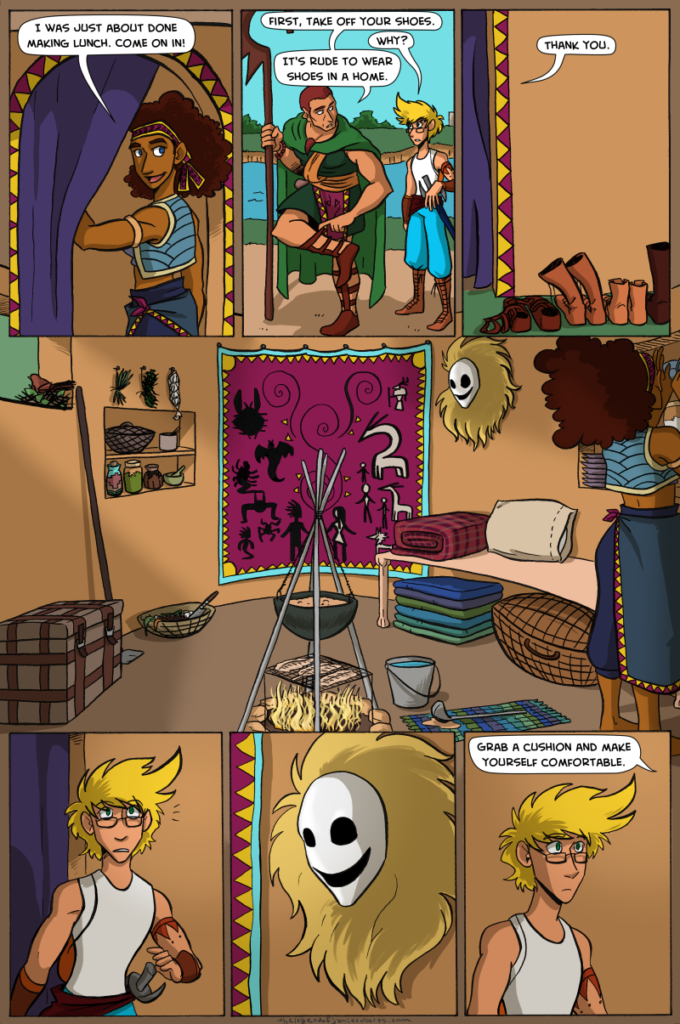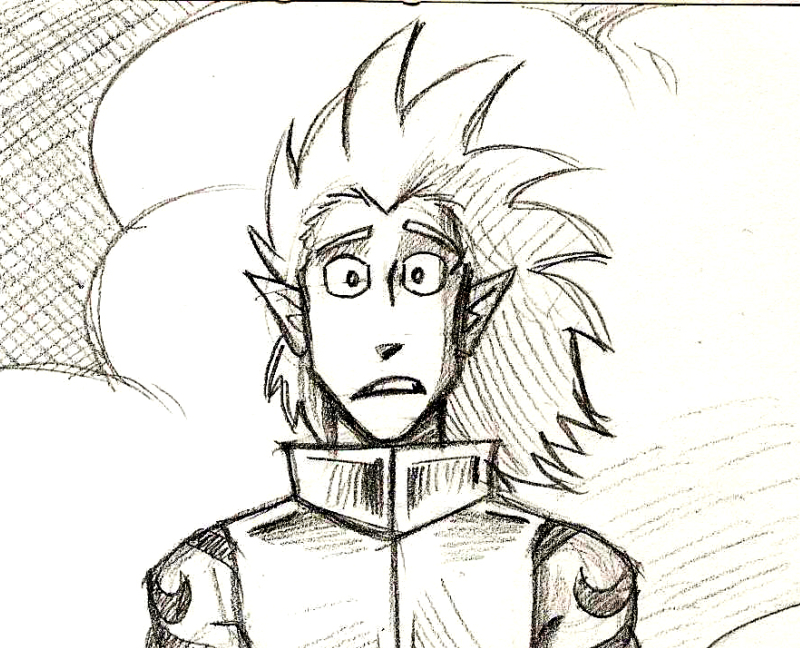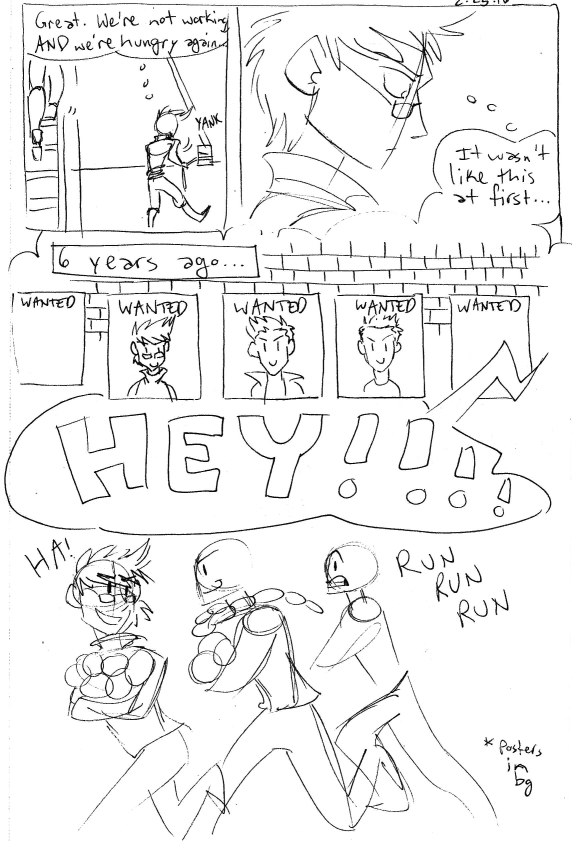Because of my adventures in moving, I need to let you know early (and maybe often) that there will be a change in the schedule.
Here’s what’s happening:
- The Freelance Lifestyle blog post series is going to be paused until June.
- Writing for Comics 101 will be on pause until June, as well.
- The Legend of Jamie Roberts MIGHT have some scheduling hiccups. (More on this below.)
- There will be a livestream on May 23. But…
- No livestreams will happen May 30.
I’m moving to my new apartment on June 1. We’ll see how quickly things can get back on track after that.
“But wait!” You might be thinking. “You said there might be scheduling hiccups with The Legend of Jamie Roberts! I HAVE A MIGHTY NEED FOR GENDERQUEER PIRATES!”
First, thank you for being so enthusiastic for my adventure story of a genderqueer pirate and their two best friends treasure-hunting in a land of dragons and spirits.
Despite my best efforts, though, I don’t have much in the way of pages made ahead of schedule as buffer. Plus, Beefy McMuscleton – my devoted HP Officejet 7612 printer and scanner – has been forced to retire. So my workflow in making future pages of Jamie Roberts is going to get an overhaul. A decidely digital overhaul…
A bit sooner than expected, actually. I hoped I could stretch the process I’ve been using to the end of Chapter 3, and THEN go full digital in Chapter 4. But it looks like the full-digital comics-making process transition is happening sooner.
Because of this transition, and the move to the new apartment, updates on The Legend will MAYBE not happen once a week on Wednesdays. I will do my best to hold to this weekly-update promise! But I make no guarantees.
Stay tuned to the blog here for further updates.
That’s all for now. Thank you for reading!
You. Are. Awesome.
